Many Seafood Exporters Proactively Halt Shipments to the U.S.
Cumulatively, in the first six months of the year, seafood exports reached USD 5.2 billion, up nearly 19% compared to the same period last year. Exports to the U.S. alone hit USD 891 million, still marking a 16% increase thanks to a surge in shipments ahead of the July 9 deadline—the day new countervailing duties from the U.S. take effect. However, since June, many Vietnamese enterprises have proactively ceased exports to the U.S. to avoid the risks of high tariffs.
On the flip side, exports to China, Japan, South Korea, and ASEAN maintained strong growth in June, with increases ranging from 15% to nearly 28%. Meanwhile, exports to the EU stagnated with a slight 1% decline, and shipments to the Middle East fell sharply by 16% due to the ongoing conflict. Notably, exports to Israel—a major market for canned tuna—plunged by over 50%.
By product group, tuna experienced the steepest drop in June, down more than 31% year-on-year, mainly due to tariff impacts from the U.S., its largest market. For the first half of the year, tuna exports were down nearly 2%. Shrimp and pangasius exports also slowed, affected by U.S. trade policy. By the end of June, shrimp exports reached USD 2.07 billion (up 26%), while pangasius hit USD 1 billion (up 10%).
.jpg)
However, according to Ms. Lê Hằng, Deputy General Secretary of VASEP, the outlook for the second half of 2025 for these two key product lines depends entirely on U.S. countervailing tariff policy. In particular, shrimp may face a “triple tax burden,” including countervailing duties, anti-dumping duties, and anti-subsidy duties. The pangasius sector appears more optimistic after the U.S. Department of Commerce (DOC) recently announced the final results of the POR20 review, with seven Vietnamese companies granted a 0% anti-dumping duty. If upcoming countervailing duties are kept in check, this could be a breakthrough opportunity for Vietnamese pangasius.
VASEP has outlined three forecast scenarios for the second half of the year.
In Scenario 1, if U.S. countervailing duties from July 9 are set at 10%, the total export value for 2025 could drop to around USD 9.5 billion, down USD 500 million from previous projections. Markets like China, ASEAN, Japan, and the EU may absorb part of the redirected goods.
Scenario 2 assumes duties above 10%, possibly up to 46%. Exports may plummet to USD 9 billion or lower. The U.S. would no longer be a stable market, especially for products with complex supply chains.
In the worst-case scenario, competition from countries with lower tariffs such as Ecuador, India, Thailand, and Indonesia will become more intense. Opportunities will shift to neutral markets like Japan, the EU, and ASEAN, but the capacity to offset losses is limited due to sluggish global consumption recovery.
On July 1, U.S. President Donald Trump announced he would not extend the July 9 deadline for restoring higher countervailing tariffs. He also warned of the potential end to trade negotiations and the imposition of higher tariffs on several countries, including Japan.
Previously, Trump had delayed the implementation of the increased tariffs—ranging from 11% to 50%—for 90 days to allow time for negotiations. That grace period ends on July 8. From July 9 onward, higher tariffs are expected to resume for countries that have not reached trade agreements with the U.S., replacing the previous baseline rate of 10%.
Source: doanhnghiepvn.vn
Aqua Mina's distributor in Japan: REX INDUSTRIES CO., LTD
- Address: 1-9-3 Hishiya-Higashi, Higashi-Osaka 578-0948 JAPAN
- Email: kimakubo@rexind.co.jp
- Phone: +81-(0)72-961-9893
- Website: http://www.rexind.co.jp/e/

WE WORK FOR YOUR SUCCESS!
Ngày đăng : 04/08/2025
1829 View
Other Articles
Vietnamese shrimp and catfish choose a sustainable path in global competition
End-of-Season Shrimp Prices Reach Record Highs
Norway – Russia Reach Barents Sea Fisheries Agreement for 2026
Cà Mau strengthens traceability to enhance the competitiveness of the shrimp industry.
Cold stress: Effects on the plasma characteristics of whiteleg shrimp.
A new breakthrough in the prevention of diseases caused by the microsporidian parasite EHP in shrimp farming
Vietnam’s shrimp export outlook in the first quarter of 2026 continues to face heavy pressure from tariffs.
New England’s shrimp fishery to shut down for the long haul after years of decline
Crab exports to the United States account for more than 80%.
Thailand sets a target to increase shrimp production to 400,000 tons by 2026.
CTU-RAS: Recirculating Shrimp Farming for Sustainable Development
Vietnamese aquatic products reach new markets








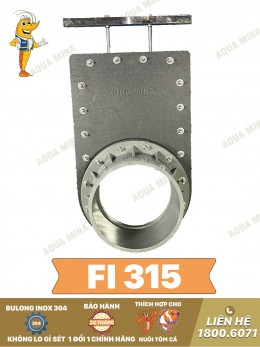
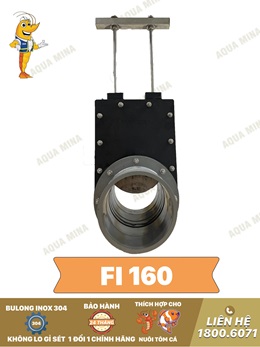
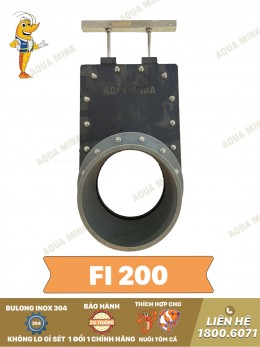
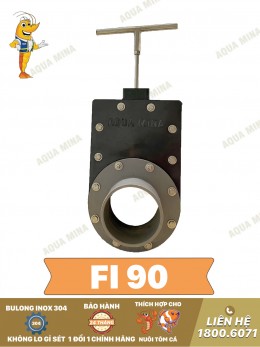
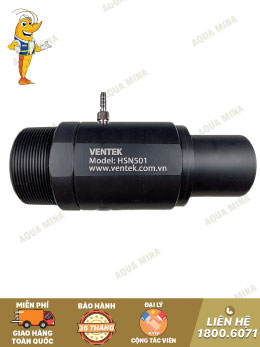
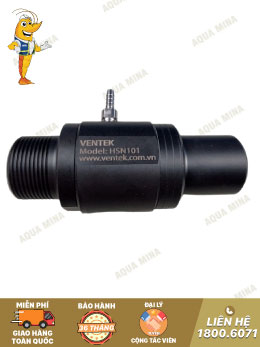
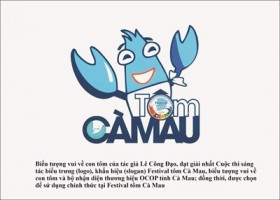
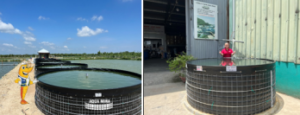
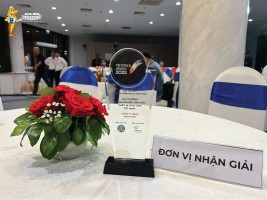
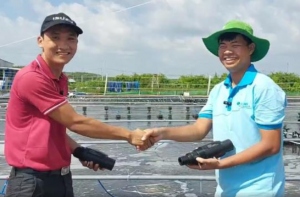
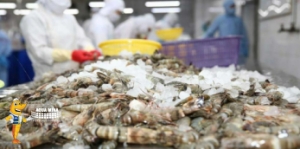
.jpg)